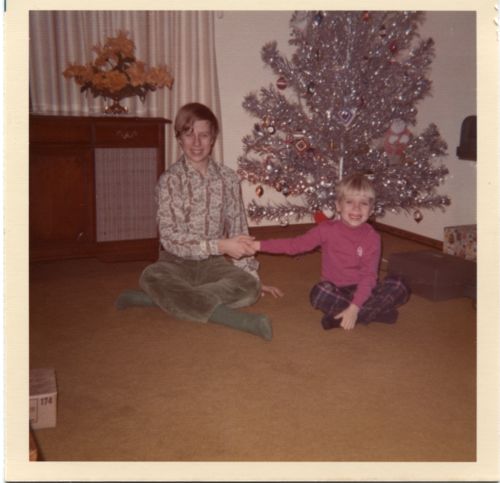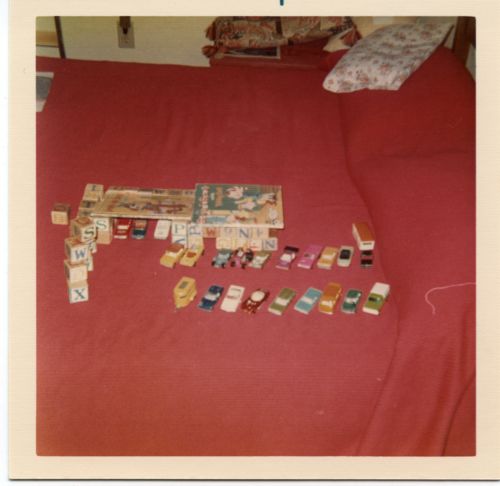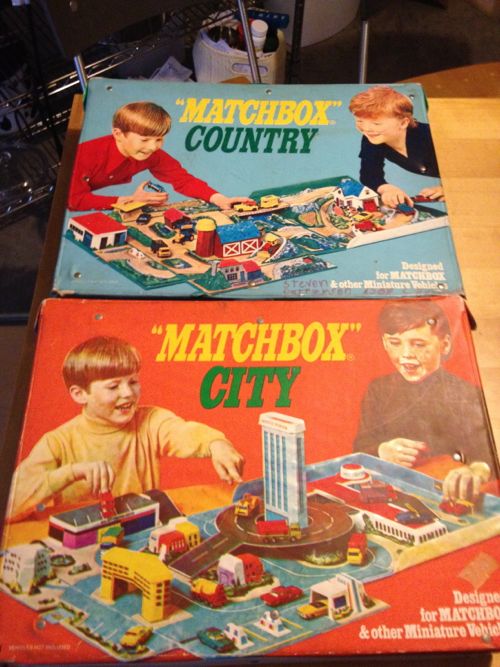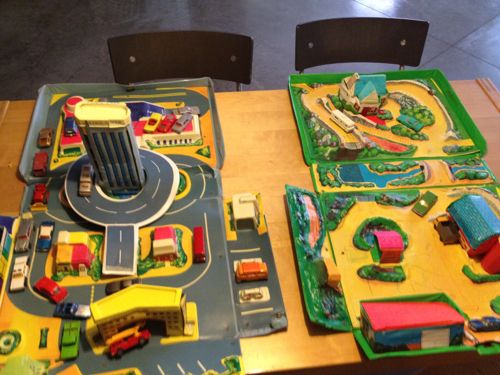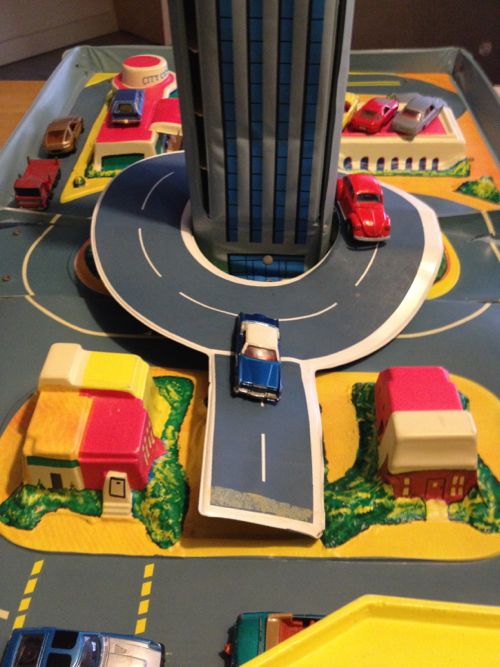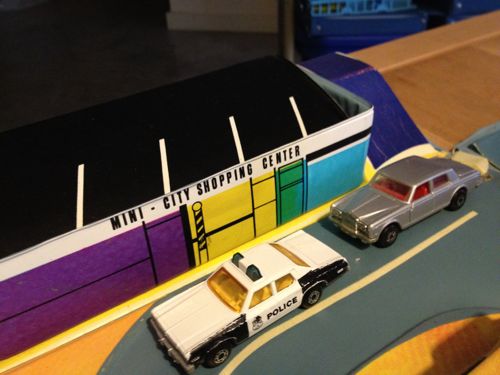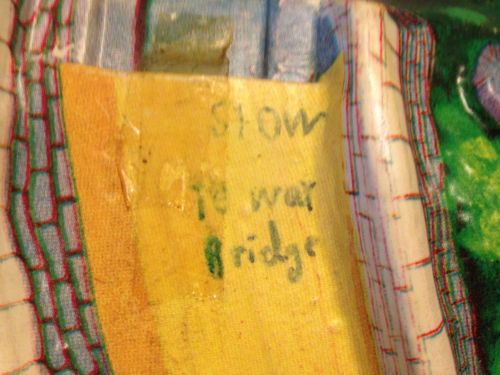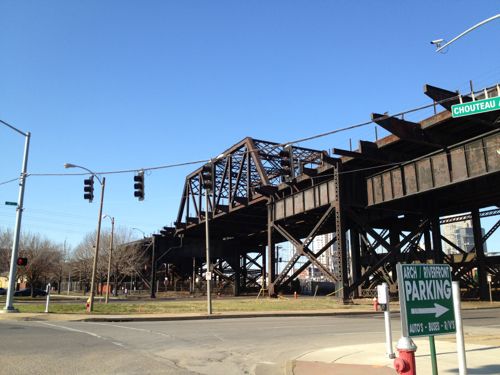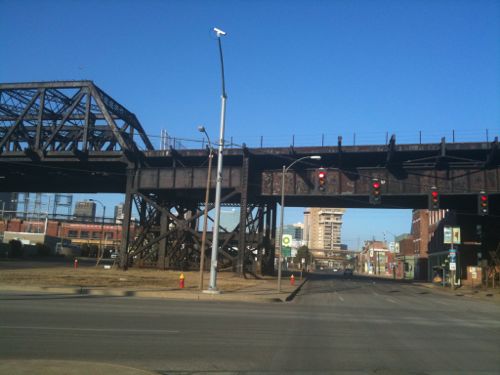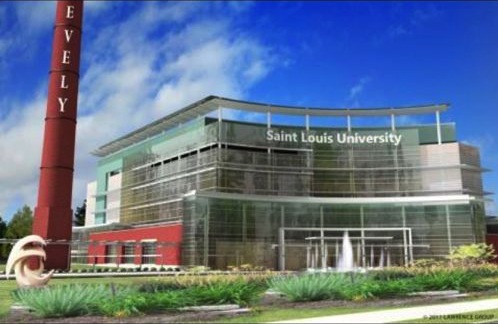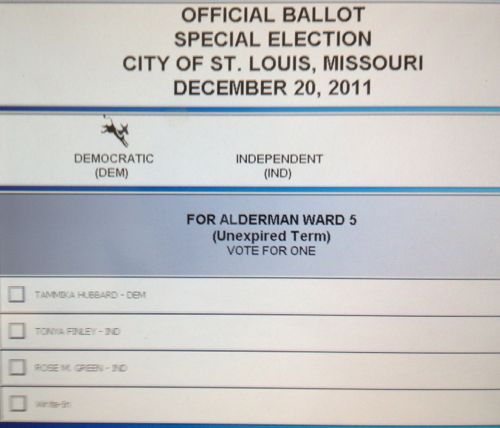Got Parking Tickets?
If you have outstanding parking tickets you might want to get those paid.
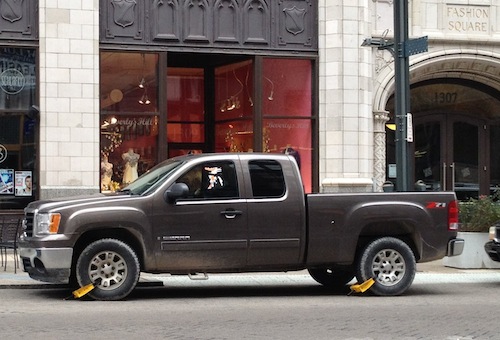
With municipal budgets tighter and tighter cities are looking to collect unpaid tickets. In North Carolina the city of Raleigh will be “intercepting” future state tax refunds to reduce the $1.6 million in unpaid parking tickets (story). In St. Louis other methods are usedL
A parking scofflaw is any violator who accumulates at least four outstanding parking tickets (i.e., tickets that are unpaid at least 16 days after the ticket issuance date). The Parking Division’s boot crews are authorized to immobilize (apply a booting device to) any vehicle that is on the current Parking Scofflaw File. Once a vehicle has been immobilized, it is subject to immediate tow. The City uses City-owned and contracted tow trucks to tow tow-eligible vehicles. Possible boot removal: After a vehicle has been immobilized, and until it has been towed, a motorist may have the boot removed once the Parking Division has received adequate proof that the parking scofflaw has paid all outstanding fines and fees for the booted vehicle. For the purpose of boot removal, a Payment Receipt from PVB or a Dismissal Form from PVB shall constitute proof of payment. This option is not available once the vehicle has been towed. Any motorist whose vehicle has been booted must pay the required booting fee, as approved by the Parking Commission. The booting fee of $50.00 must be paid at Parking Violations Bureau before a person can reclaim his or her vehicle. (source)
The penalty is similar in Clayton:
Vehicle will be subject to tow upon accumulation of six (6) or more unpaid tickets or over $150.00 in unpaid fines. Additional fees for towing, storage and impoundment will be imposed. (source)
Really people? Every time I’ve received a parking ticket I think of the 10-12 times I could have gotten a ticket but didn’t, then I pay the fine.
– Steve Patterson
